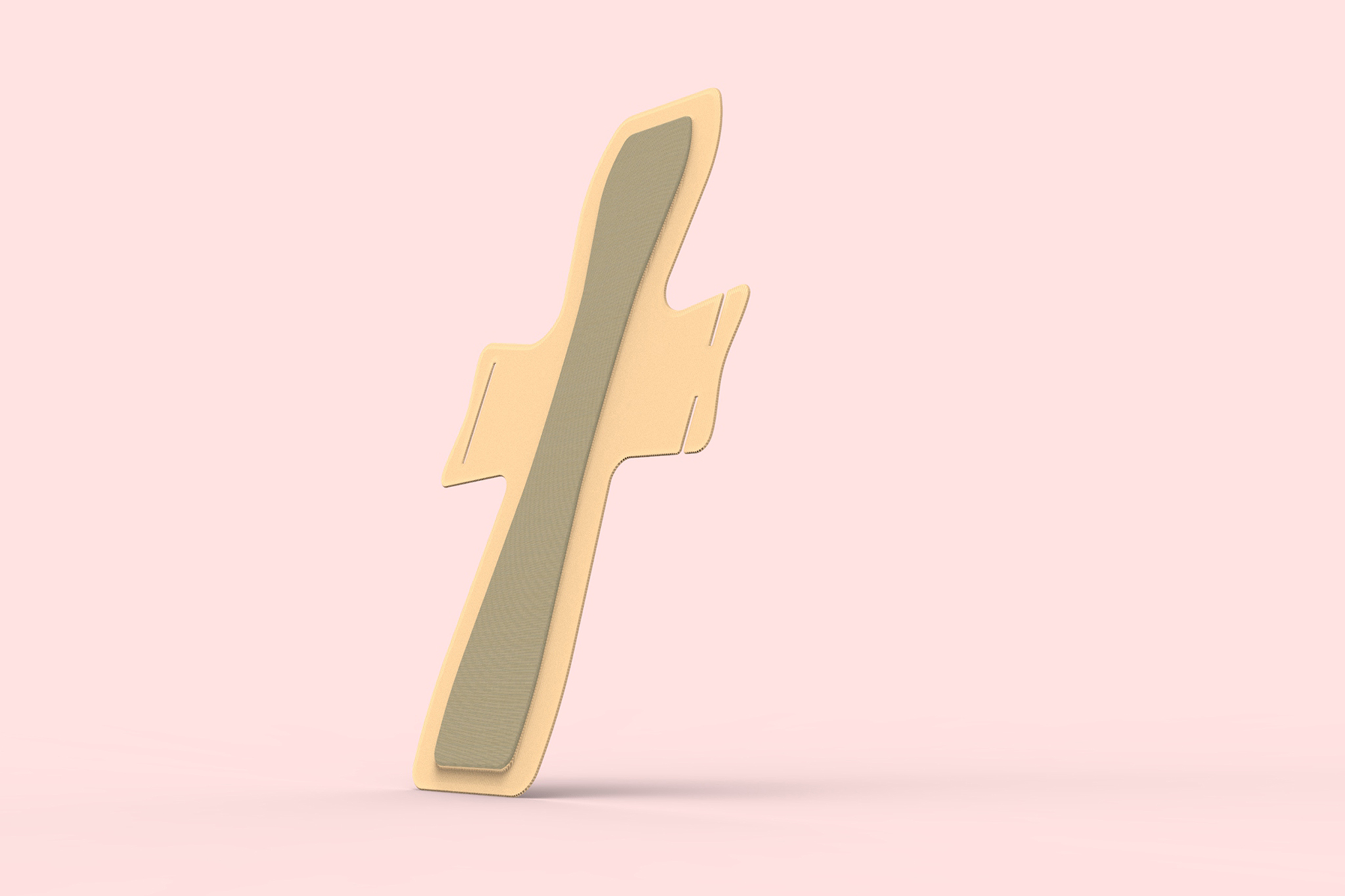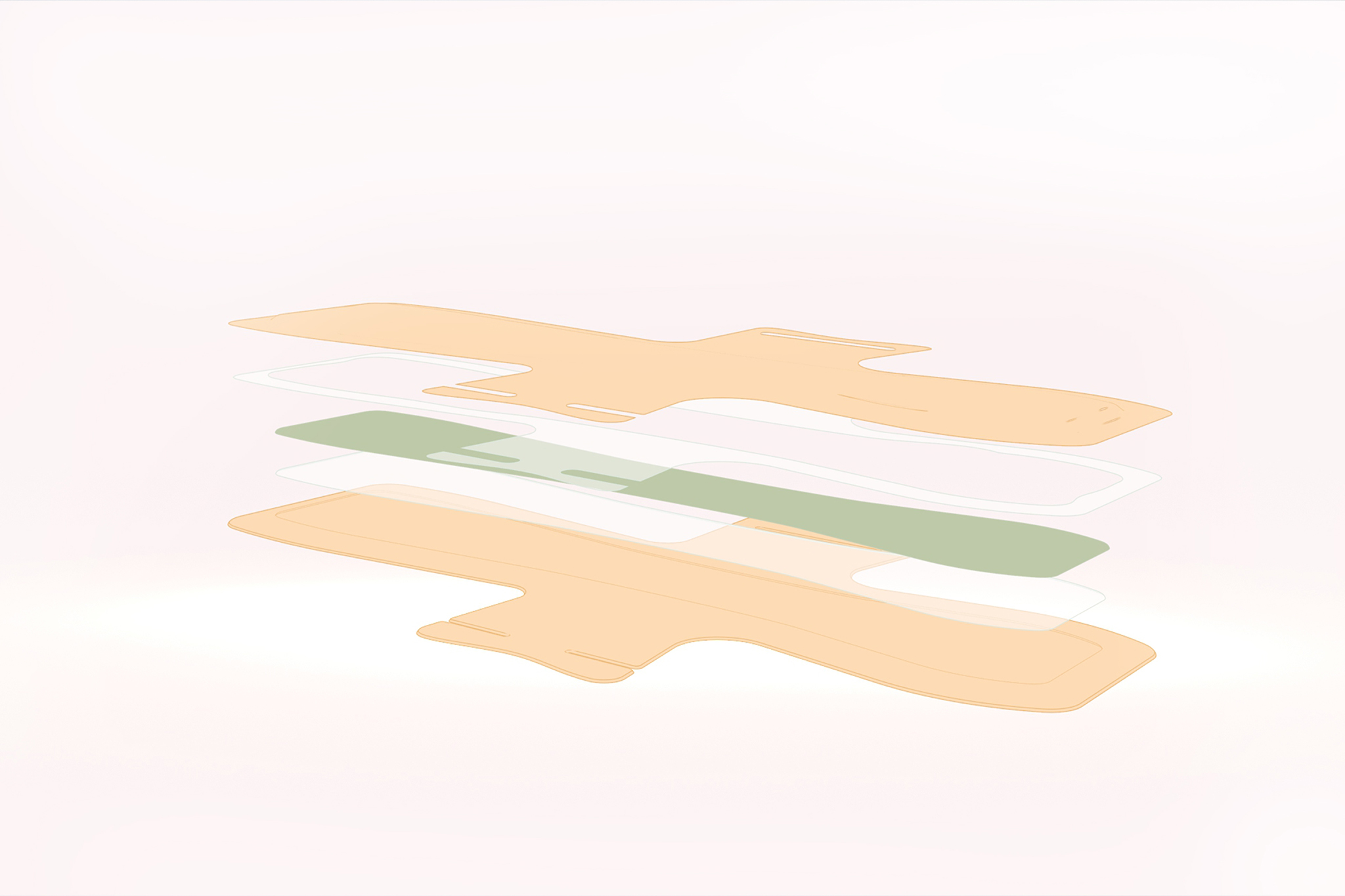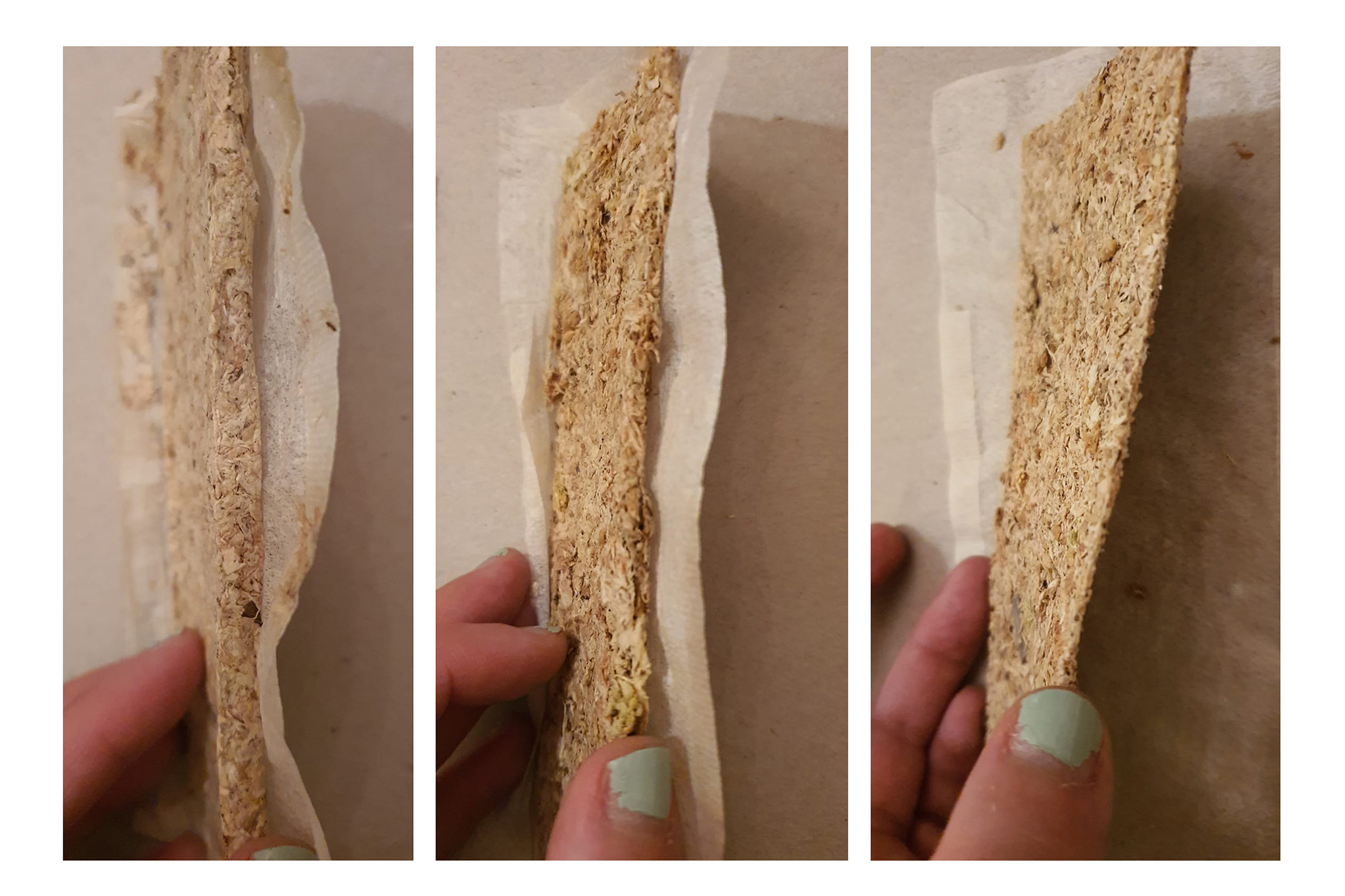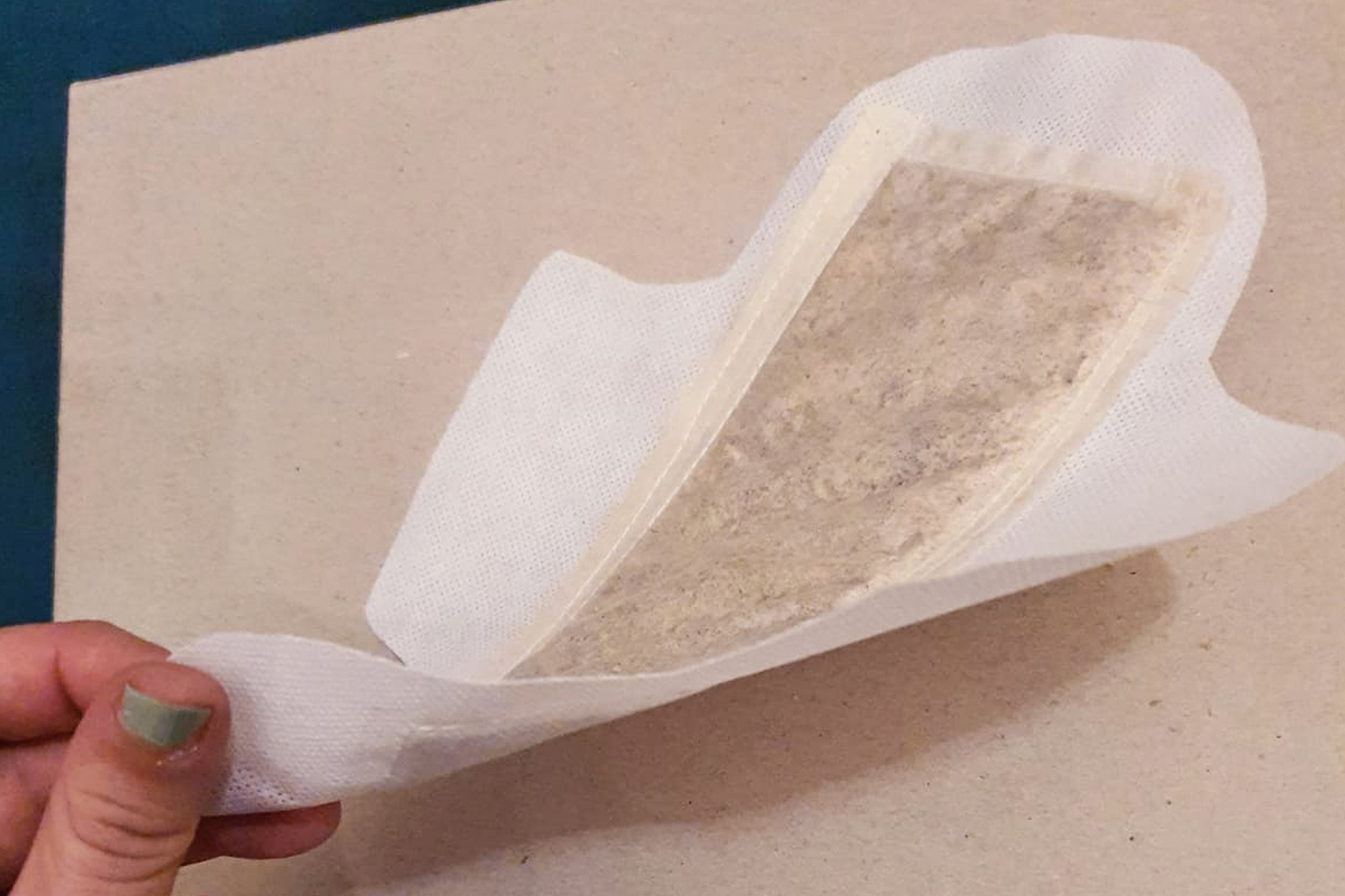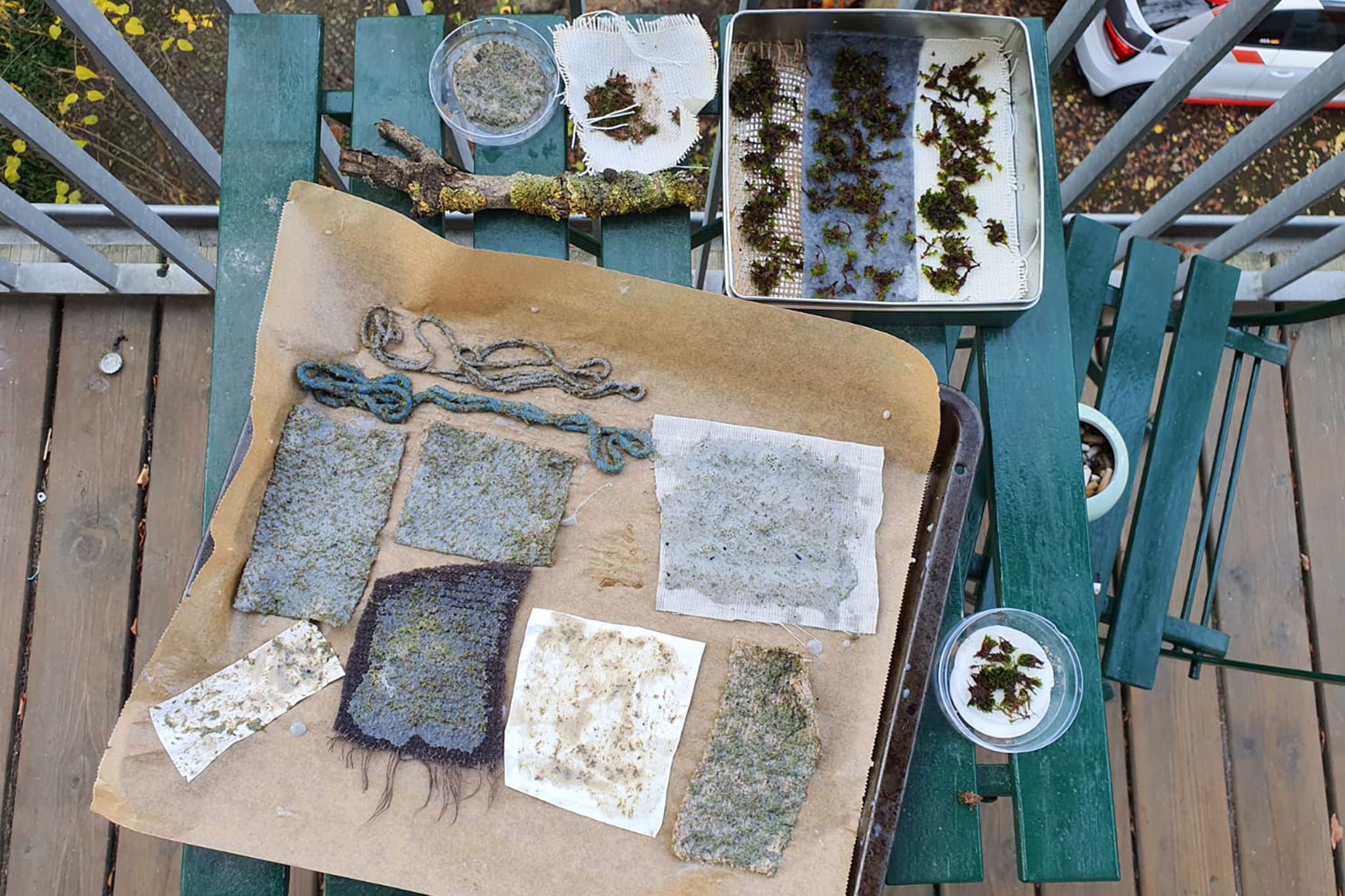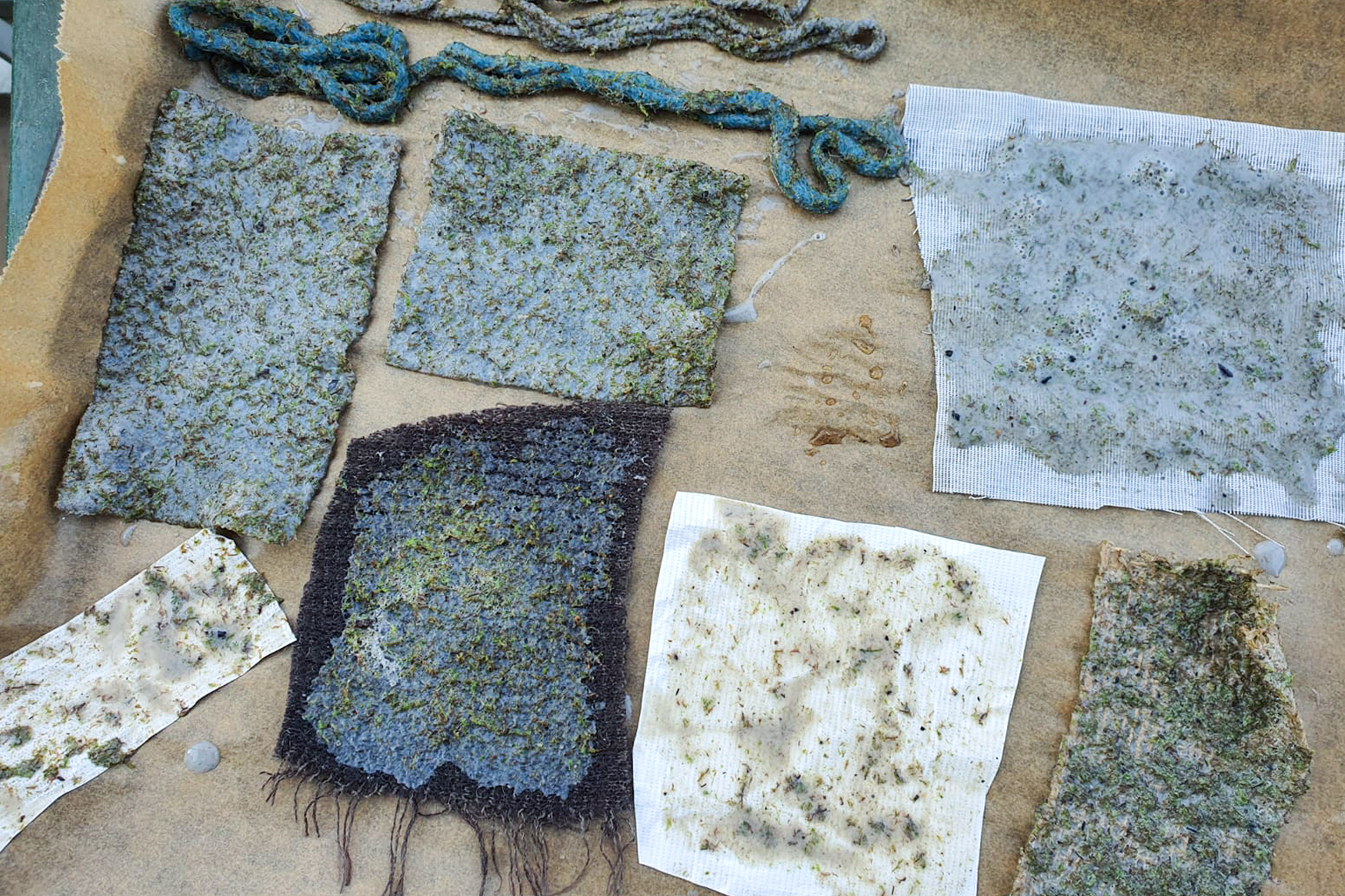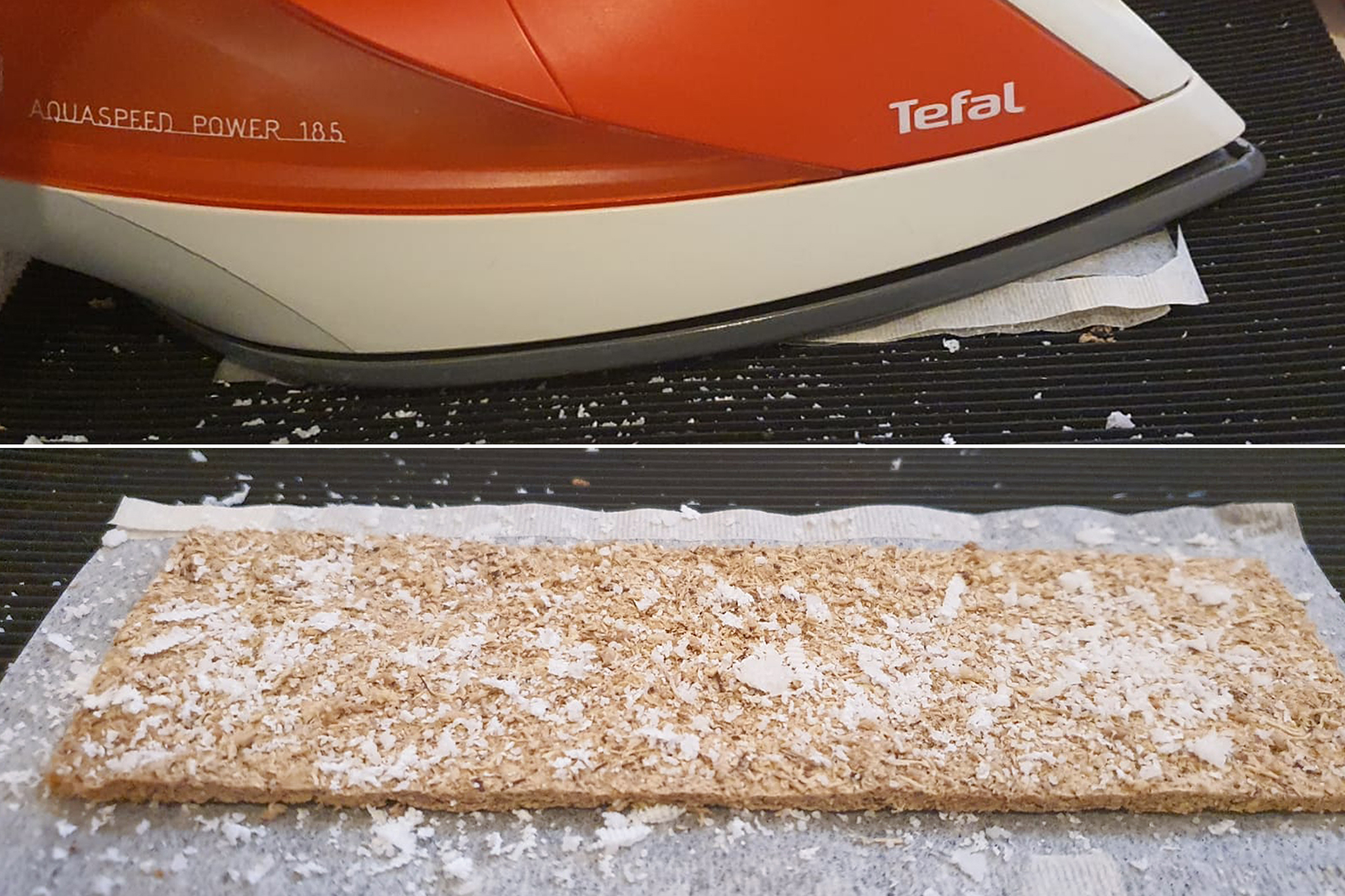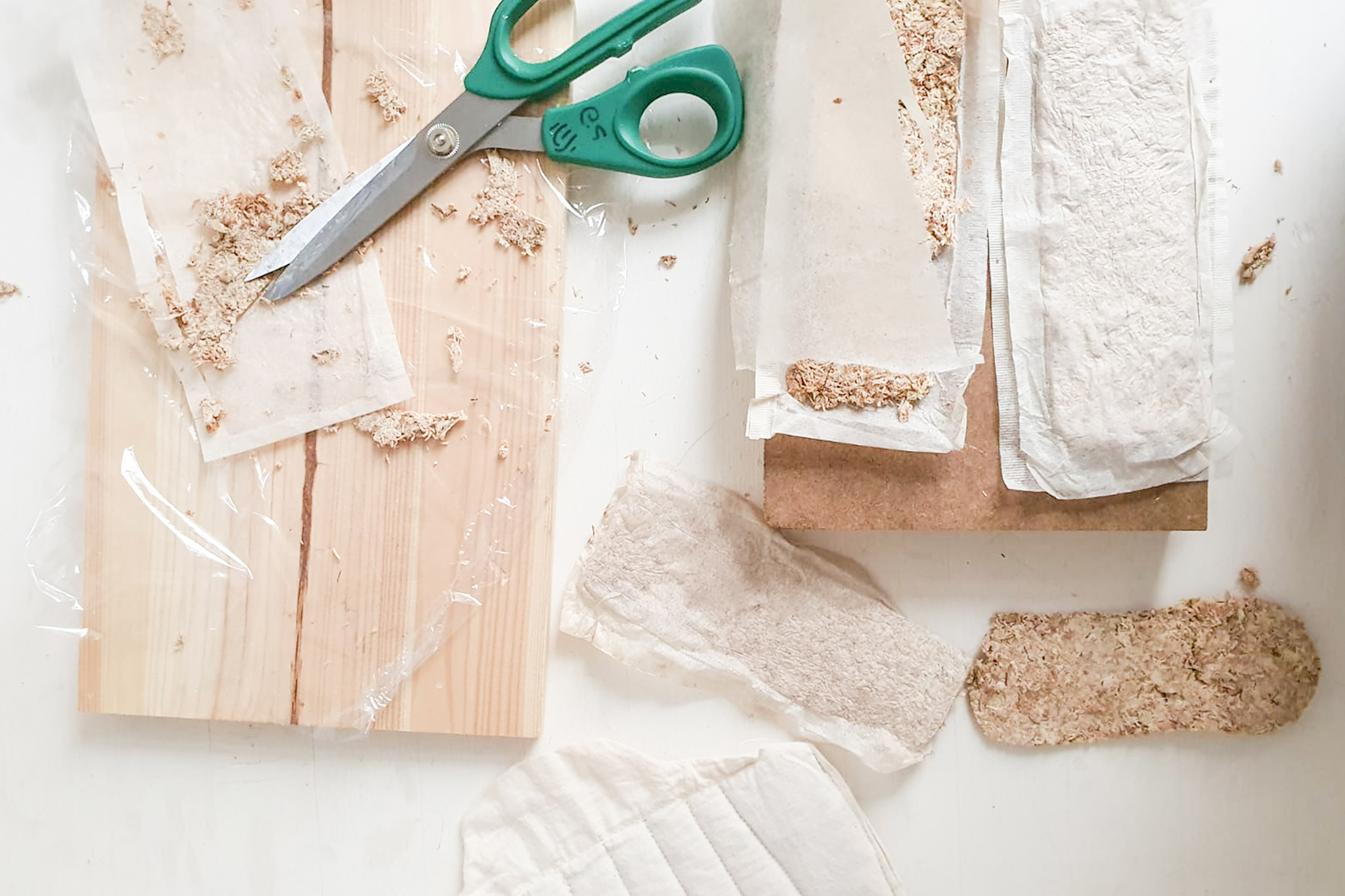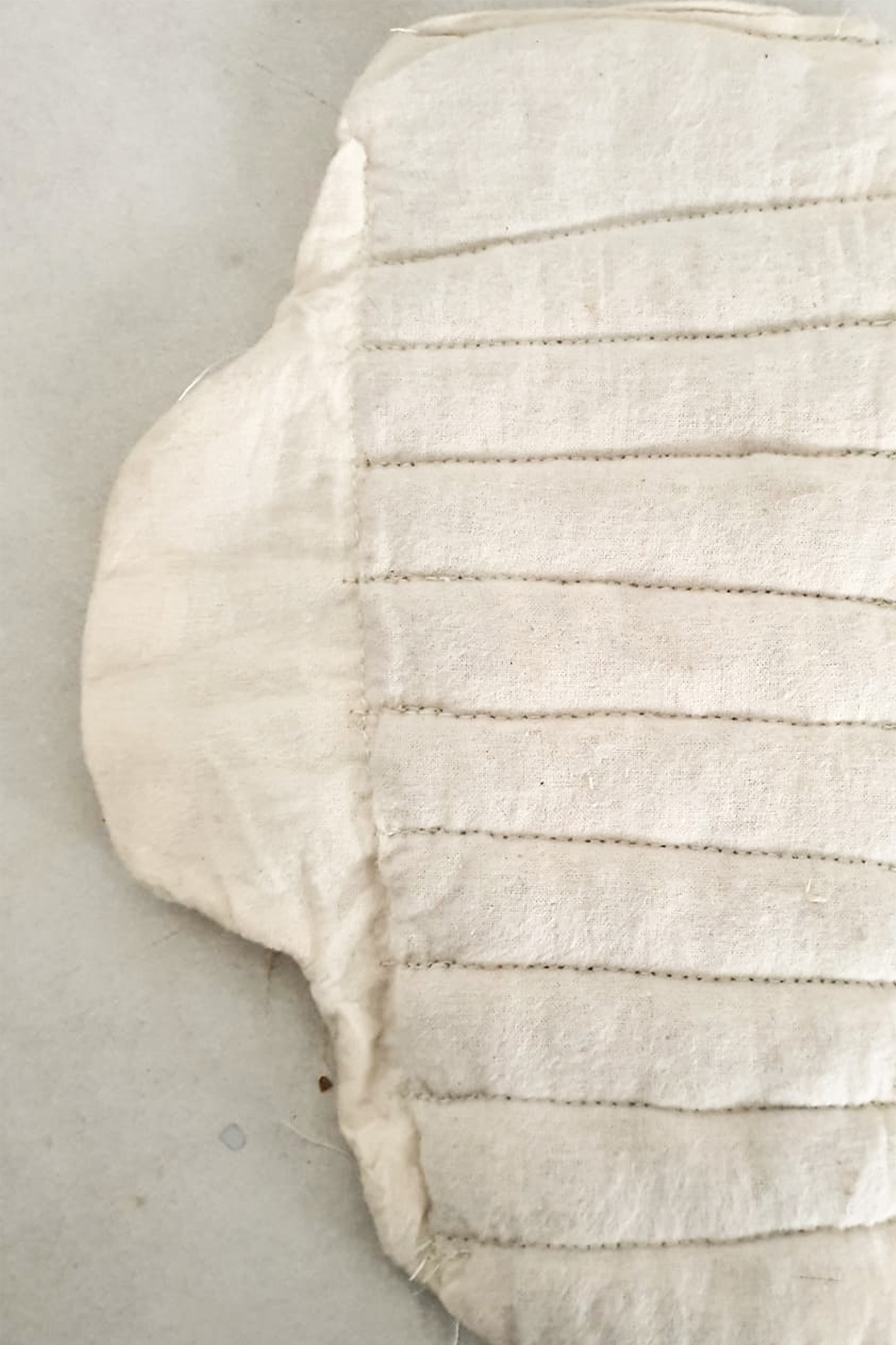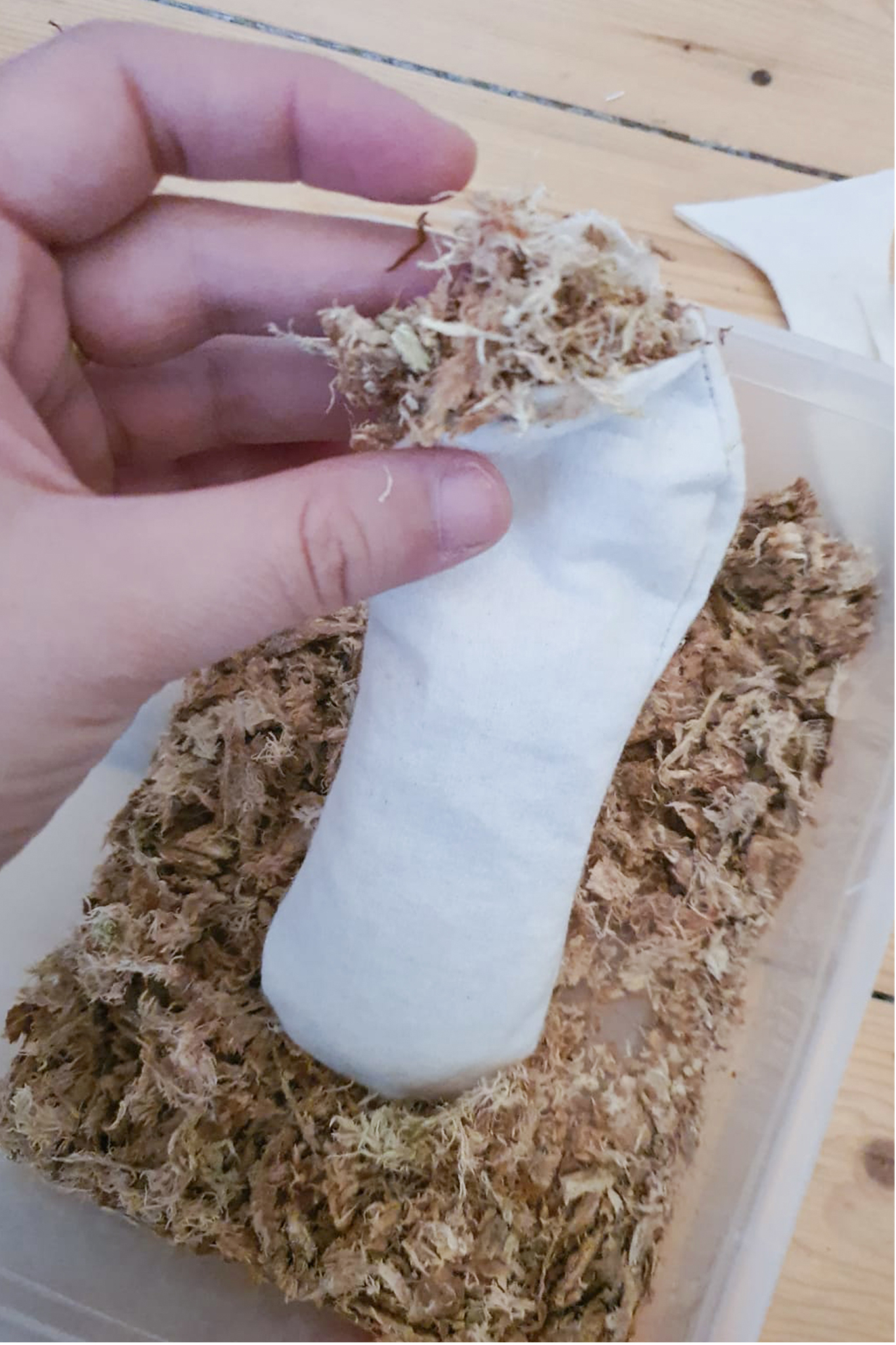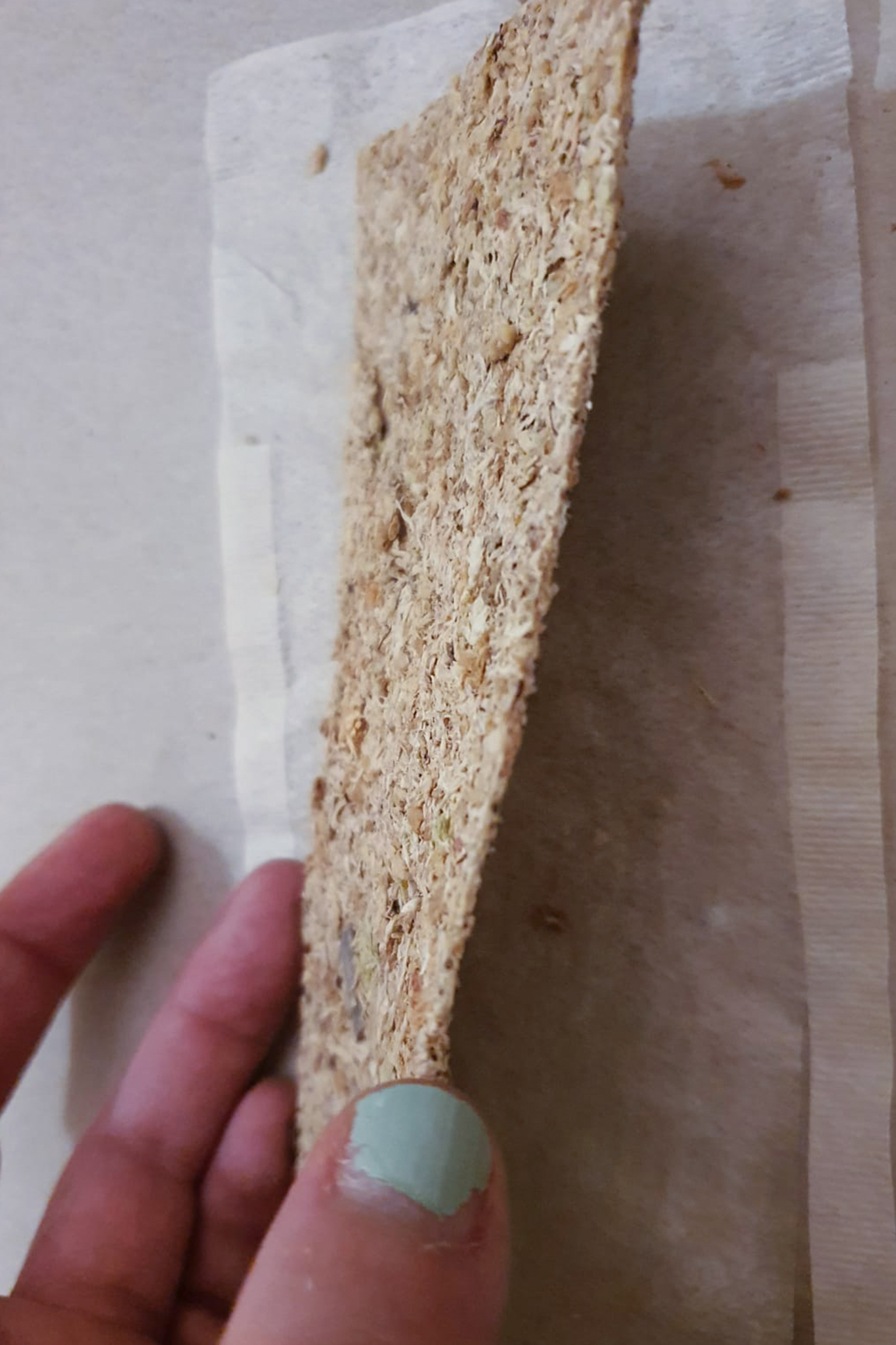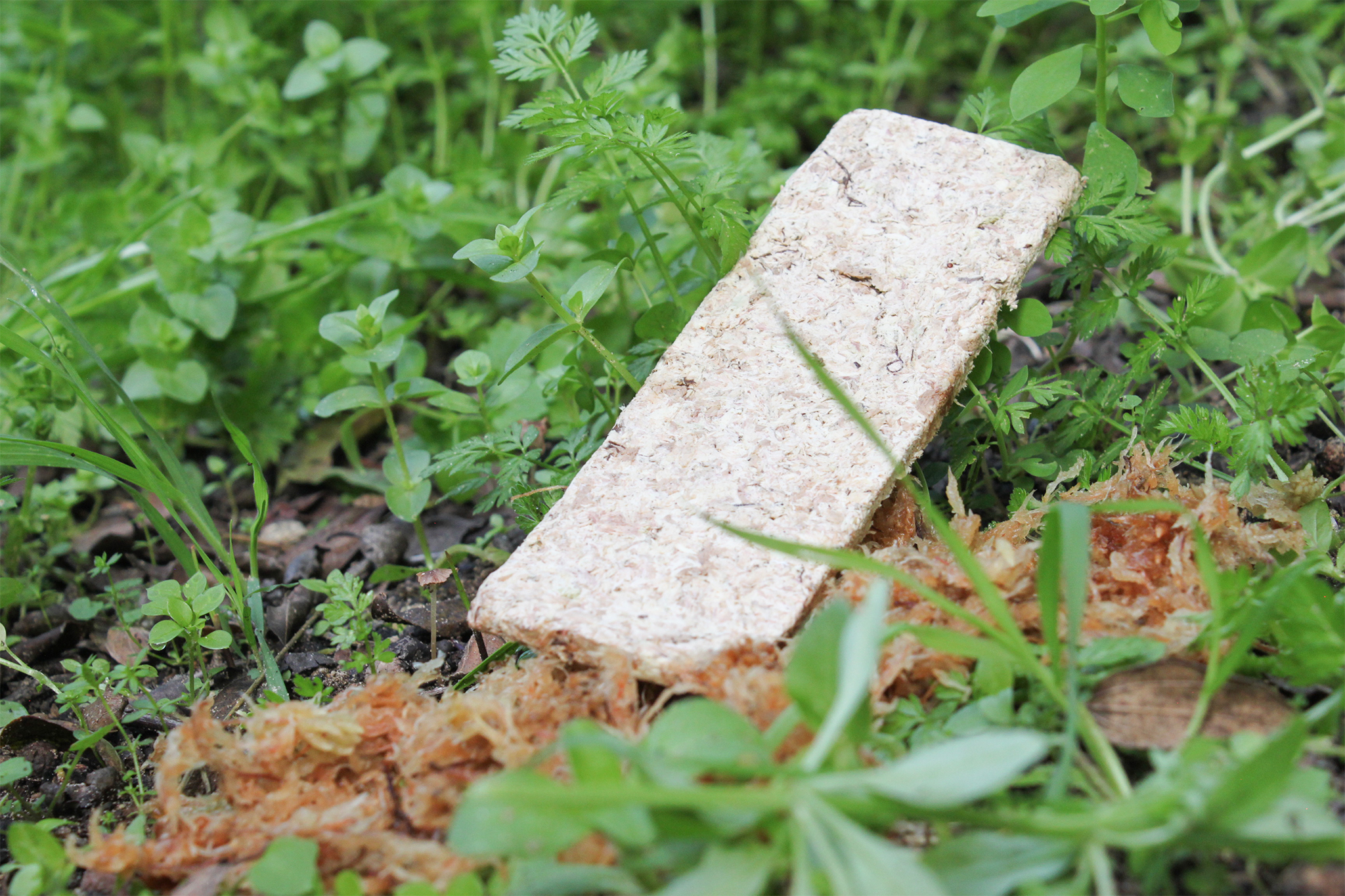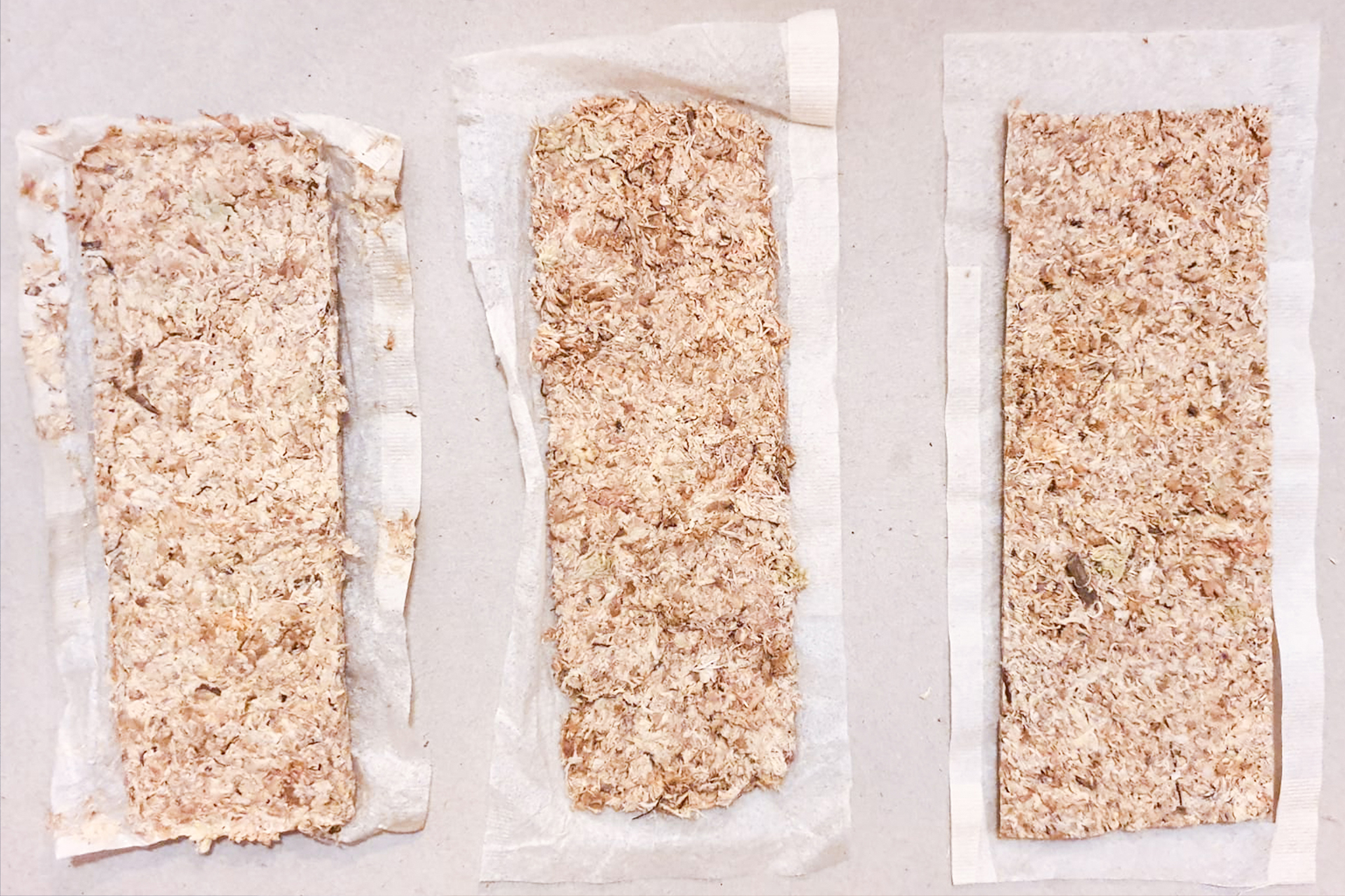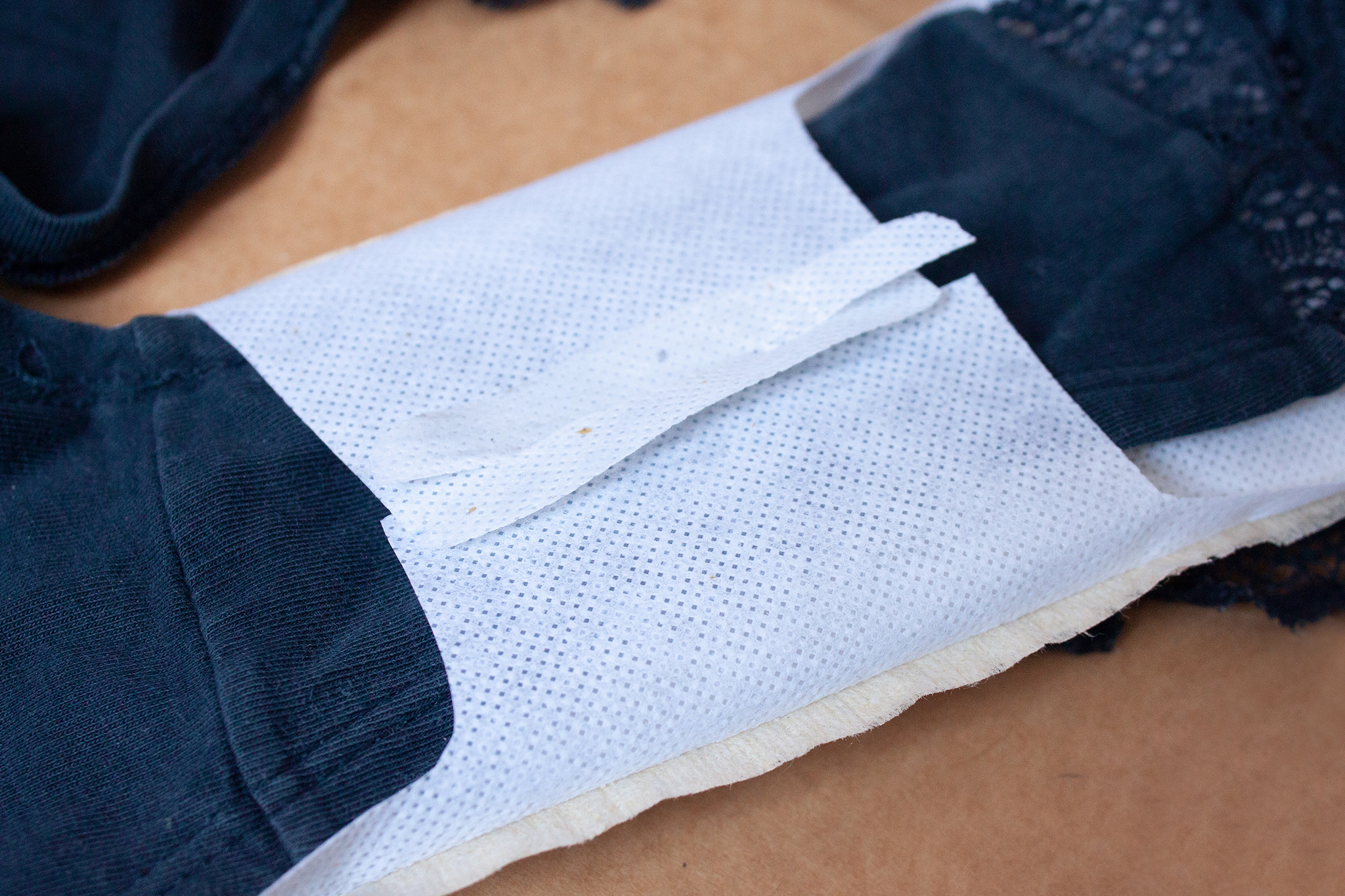MOSSY PADS
Mossy Pads are 100% natural menstrual pads, made from sphagnum moss. This moss has great absorbing qualities and is also known for helping skin issues. These pads are disposable in compost and the sphagnum moss can go back to life when it will meet the land eventually!
INSPIRATION:
First – in my arrival to Berlin – I had a trip to a forest outside the city. The big amount of moss that was there amazed me and made me very curious about this material. At the same time this project began and I started to think about how I can use this plant to make our urban life better and more sustainable.
After some research I found interesting FACTS:
• Dried Sphagnum can absorb up to twenty times its own volume of liquids, such as blood, pus, or antiseptic solution, and promotes antisepsis.
• Additionally, being commonly found throughout the UK, sphagnum moss was cheaper than the alternative of cotton wool dressings – which in World War One had been commandeered for the manufacture of munitions. The moss was often collected by women and children, and was sorted, dried, and packed into muslin bags.
The absorbent properties and abundance of Sphagnum make it the most used taxon among the bryophytes.
When I realised it I made a connection to another fact that always on my mind: Tampons, pads and panty liners along with their packaging and individual wrapping generate more than 200,000 tonnes of waste per year, and they all contain plastic – in fact, pads are around 90% plastic.
The average user throws away an astonishing 125 to 150kg of tampons, pads and applicators in their lifetime.
ACT:
In my process I searched for the right way to use the moss in the menstrual products world. I focused on the pad because they consist of much more plastic than tampons.
The first thing I tried was to grow the wet moss on some kinds of fabric. I hoped that the moss would connect the fibers of the textile. After a few weeks I saw there is no change, meanwhile, I started working with the dry sphagnum.
I used the dry moss, as a filling for pad-shaped pockets.
This product was practical as a reusable pad but then I understood that I wanted to focus on a disposable solution.
After some research about what organic materials can be combined with the moss to create new light flexible material that will have the absorbent properties of the sphagnum, I start cooking and pressing the moss with agar and glycerin.
When i got to the right shape and thickness that absorb the tested amount of liquid,
I looked for another material to wrap everything and make a softer feeling. For that I used the tea filter that was made from abaca pulp.
I also used wax to connect everything and make the edges a little bit stiffer.
IMPACT:
The impact of organic menstrual pads can be huge worldwide. The womens period is a silent field that started developing in the last few years to more sustainable solutions. In my choice of using cheap, fast growing materials I believe that this product can be more accessible to low socio-economic areas with less awareness of the climate change problem and the existing solutions.
Yali Paz, 5.sem exchange student Bezalel Jerusalem, WS 2020/21
Project:
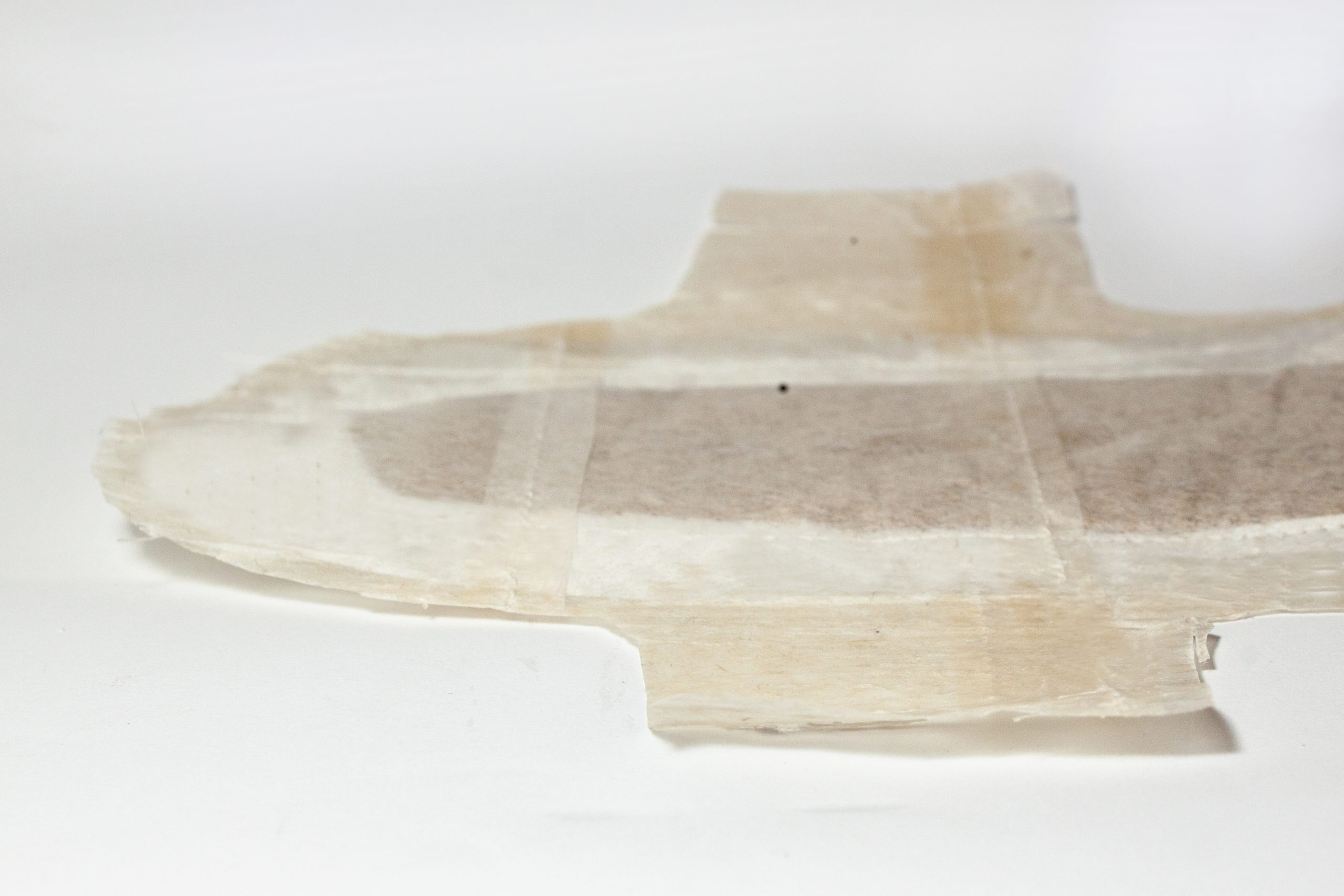
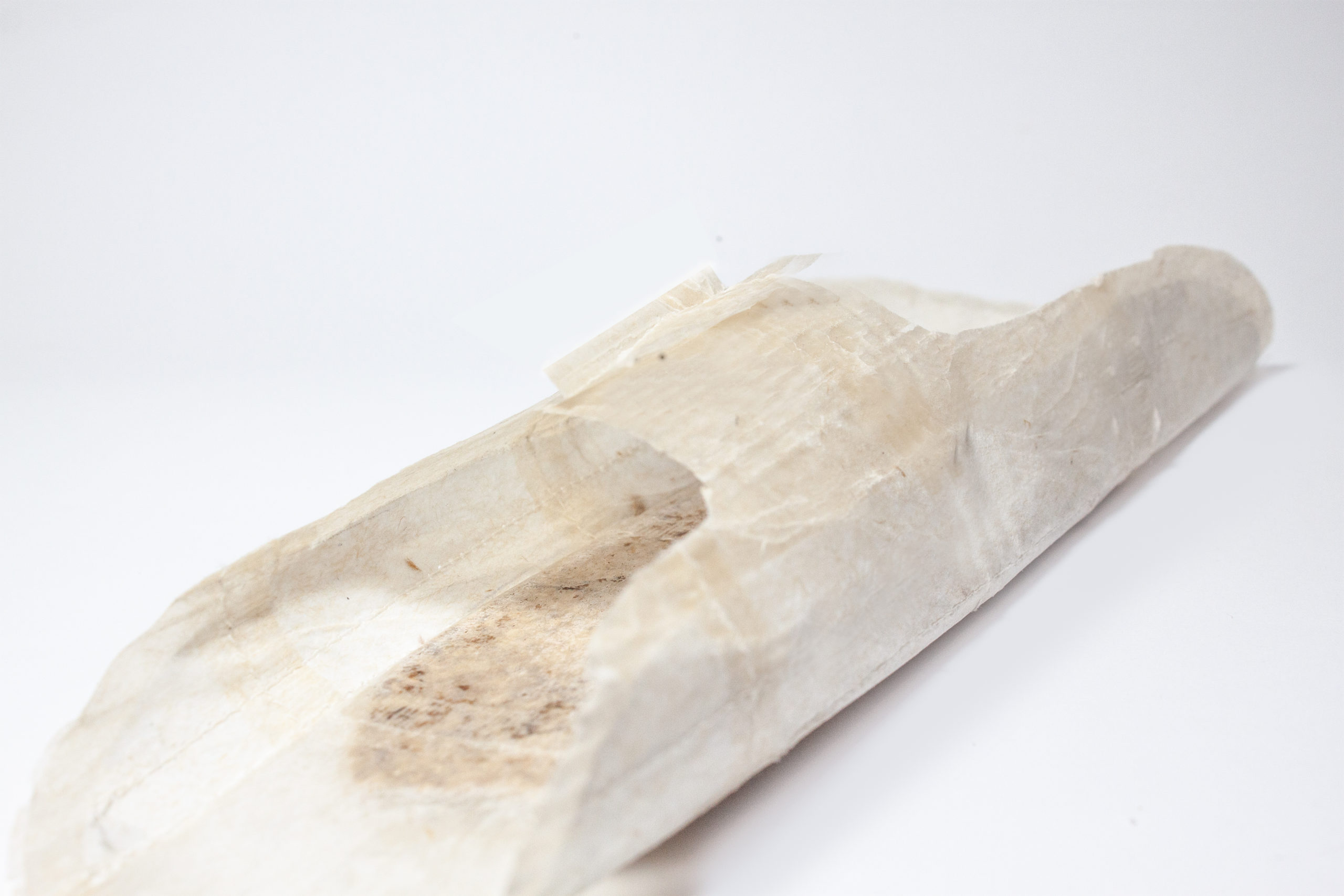

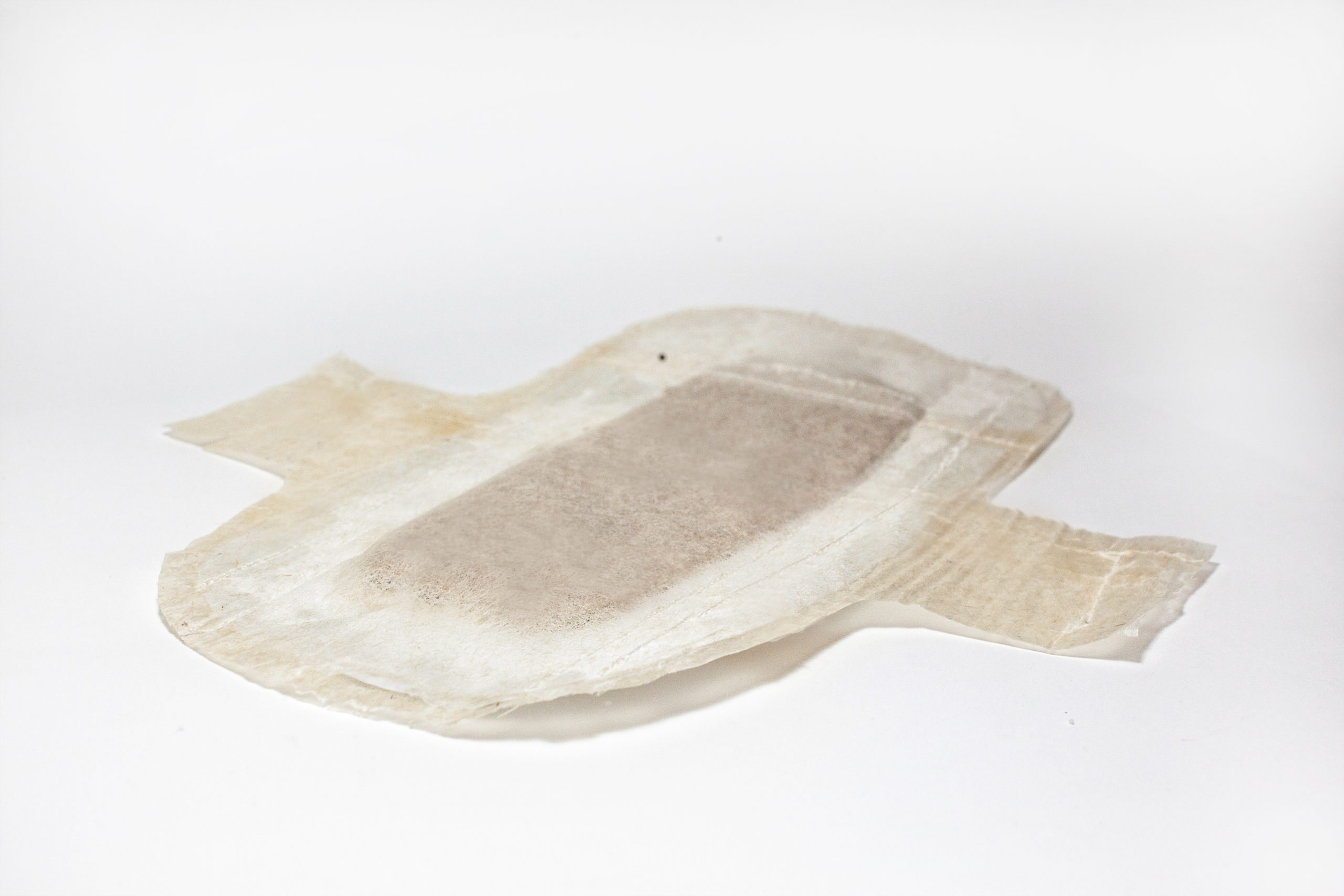
Process:

